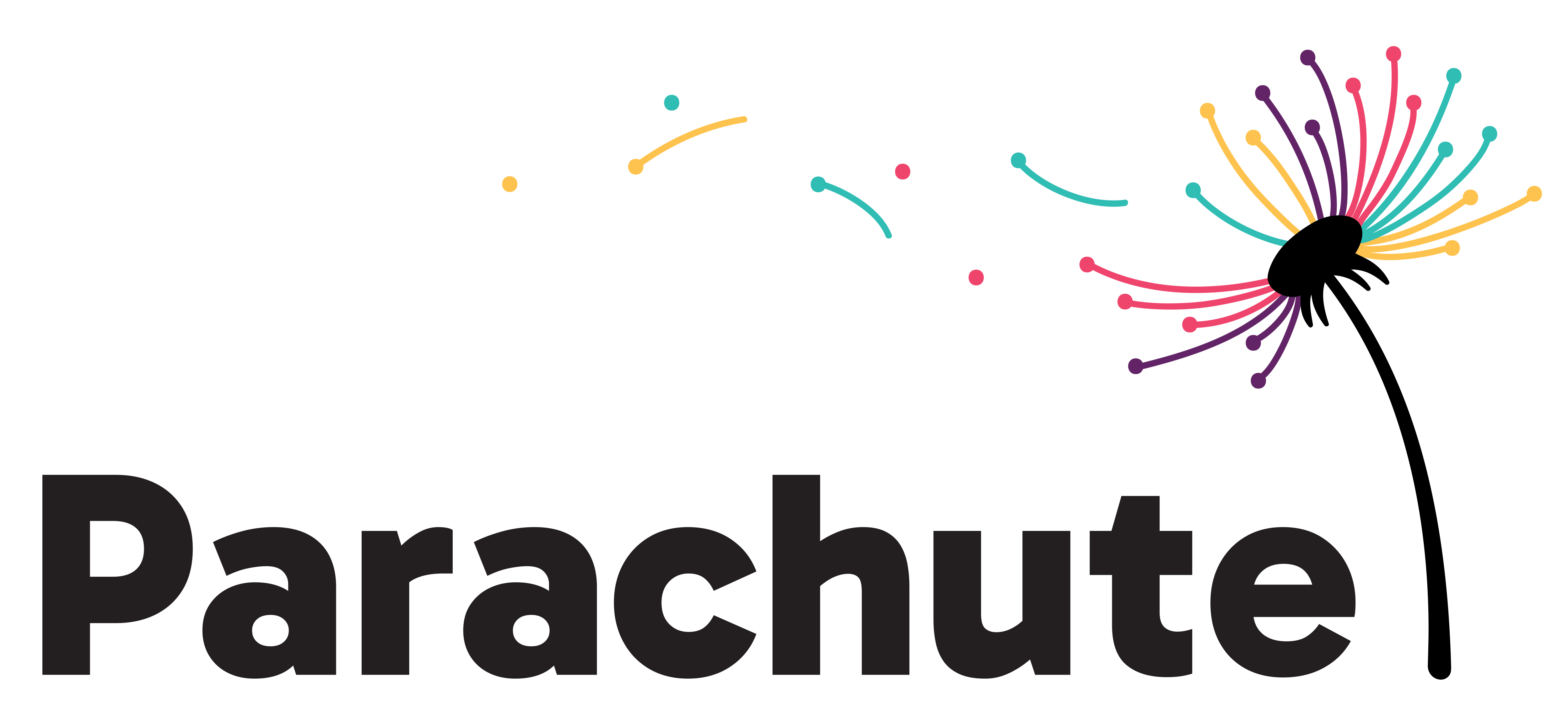 Guilt-driven marketing and fundraising is a tactic. It taps into emotions to provoke action – whether it’s the fear of missing out, not helping those in need or neglecting your own needs, guilt is a powerful motivator. When done right, it can boost donations, raise awareness and drive action.
Guilt-driven marketing and fundraising is a tactic. It taps into emotions to provoke action – whether it’s the fear of missing out, not helping those in need or neglecting your own needs, guilt is a powerful motivator. When done right, it can boost donations, raise awareness and drive action.
But using guilt is a very fine line. Overdo it and you risk alienating your audience. If guilt is overused or pushed too far; it feels manipulative and suffocating. If guilt is the only hook, it becomes exhausting and off-putting, turning potential supporters into sceptics or worse, haters!
So how can you use guilt positively? The key is using guilt to give the end user a broader perspective. Guilt should serve as a gentle nudge, not a shove. Frame the message in a way that empowers the audience to take action, without feeling coerced.
For example, instead of focusing only on the problem, or how bad the situation is, offer a tangible and achievable solution that allows your audience to feel that their contribution can truly help. “You can make a real difference” is far more effective than “This [insert any number of horrible outcomes] will happen without your support”.
The flip side of guilt: positive framing
There are many legitimate ethical questions and conversations to be had about guilt-marketing and fundraising –
but I think we need to explore the flip side and look critically at whether positive framing is always the right thing to use.
The fundraising industry has a long history of success when we focus on the problem and what is lacking. This is what gives the donor the opportunity to step in and help. But of late, the not-for-profit sector has been having some heated discussions about the need for ALWAYS positively framing the people whose stories we tell.

https://www.ilf.org.au/news/5-reasons-to-give-to-ilf-this-end-of-financial-year
So, at risk of eating my own words, let’s discuss some ethical issues that come along with this.
Is it negative to tell the whole story, warts and all? If we are only telling the success stories of people whose life turned around, or the outcomes that the organisation is working towards – is that better? When beneficiaries share their stories – the pleasure and the pain – is it fair to sanitise their story or place a positive spin on their experiences? Are we potentially oversimplifying their challenges to fit in with the ‘positive framing principles’ our industry dictates? If we could raise more money by telling the whole story, the gory details of the problems as well as the solution, are we doing the right thing by the person, the organisation and the cause by wrapping it in a positive glow?
Positive framing will undeniably foster donor empowerment AND give them their much-desired feel-good pat on the back. But if your job is fundraising, does a positive frame raise the most money to support the beneficiaries? Does a positive approach tell an authentic story? Or is it prioritising the organisations advocacy angle?
Guilt, motivation, and the donor’s mindset

https://campaignbrief.com/mission-australias-launches-ne/
Striking the right balance to motivate giving is vital to maintaining respect and trust on both sides. Are your donors compelled by intrinsic values – giving because they deeply believe in the cause. Or are they responding to the external pressure of guilt marketing?
While external motivators are effective for immediate action, they may not lead to lasting commitment or furthering the real mission of the cause. This dynamic is particularly evident in face-to-face or door-knock fundraising, which rely heavily on emotional appeals and immediacy. The challenge for organisations is to create a connection with a donor that transcends the initial emotional hook. To stay, we need a donor to genuinely engage with the cause.
And so, we circle back to offering “a tangible and achievable solution that allows your audience to feel good about their contribution” – or positive framing.
Ultimately, the interplay between guilt and positive framing in fundraising highlights yet another delicate ethical tightrope for fundraisers. But it CAN be done and is. Your organisation can leverage guilt in a way that leads to both a) positive action and b) messaging that respects both the stories of beneficiaries and the motivations of donors. You can create campaigns with an emotional connection that also drive meaningful change and sustainable support.
Like when your mum calls and messages you repeated asking why you aren’t calling her back, guilt should serve as a loving reminder, not a weapon of shame.
